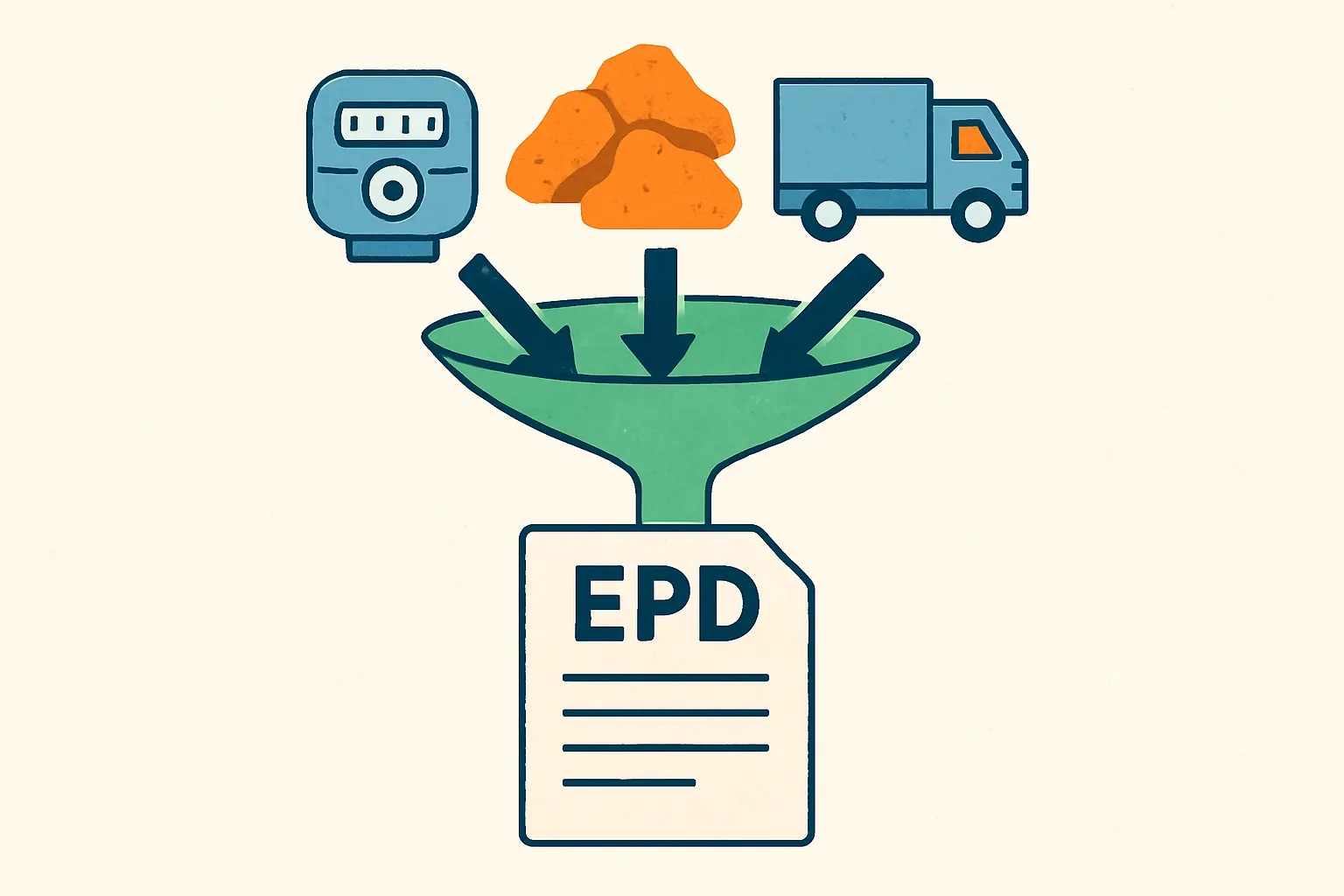Next New Jersey Manufacturing Program: Tax Credits Meet EPD Strategy
New Jersey just opened a $500 million pot of tax credits for manufacturers who invest at least $10 million and create twenty new full-time jobs. One catch: applicants must clear “minimum environmental and sustainability standards,” with the first $100 million reserved for clean-energy product makers (NJ Governor, 2025). For factories that already track carbon and resource flows for Environmental Product Declarations, the paperwork edge could translate into real dollars—fast.


A5687 / S4407 in plain English
Signed on August 13 2025, the Next New Jersey Manufacturing Program offers a credit worth the lesser of 0.1 percent of capital spend times new jobs or 25 percent of total qualified investment, capped at $150 million per project (NJCPA, 2025). The New Jersey Economic Development Authority will run the show and issue formal guidance before year-end.
Clean manufacturers jump the queue
The law carves out a dedicated $100 million slice for solar, geothermal, battery, green-hydrogen and other clean-energy hardware producers during the first two years (NJ Governor, 2025). After that, unused funds roll into the general pool, but early movers soak up the richest incentive.
Sustainability standards: still blank but not vague
Statutory language points to New Jersey’s Green Building Manual for benchmarks around renewable energy use, energy efficiency and responsible resource sourcing (NJ Legislature, 2025). Expect life-cycle metrics—global warming potential, primary energy demand, water use—to form the core scorecard, because they mirror what design teams already ask for on public projects.
The EPD angle: proof beats promises
EPDs convert factory utility bills and supply-chain data into ISO-verified impact numbers. That evidence makes it easier to show regulators you hit the “minimum environmental and sustainability standards”—and harder for competitors to bluff. Bonus: those same numbers slide neatly into LEED v5 and EC3 bids.
Data collection: where deals stall
Most manufacturers waste months corralling spreadsheets from purchasing, plant ops, and logistics. A purpose-built LCA partner can shave that chase to weeks by pulling enterprise-resource-planning exports, utility API feeds and supplier declarations in one go. Ignore this step and the tax-credit clock will outrun you, trust me its brutal.
Dollars and sense
Model a $40 million cap-ex upgrade that brings 100 new jobs. The credit could hit $10 million under the 0.1 percent rule or $10 million under the 25 percent rule—either way, you pocket eight figures while the state brags about greener output. Layer in higher bid-win rates on public projects that demand EPDs and the ROI compounds quickly.
Watch the calendar
- NJEDA draft rules: expected November 2025.
- Application portal: target January 2026.
- First-round awards: as early as spring 2026.
Line up your enviromental data now or someone else will claim the clean-manufacturing allotment.
Getting your impact story straight is no longer optional when free money is on the table.
Frequently Asked Questions
Does A5687 / S4407 explicitly require an EPD to qualify for credits?
No, but the bill mandates proof that you meet environmental and sustainability standards. An ISO-verified EPD is the simplest, most widely accepted proof set.
What counts as a clean-energy product manufacturer under the New Jersey program?
Any facility assembling components for solar, geothermal, green hydrogen, battery storage, offshore wind, nuclear, or similar technologies (NJ Legislature, 2025).
Can the tax credit stack with federal incentives?
Yes, the state credit can layer on top of remaining federal 45X manufacturing and R&D credits, though you must document separate qualified costs for each.
How long will I have to stay in New Jersey after claiming the credit?
The draft text indicates a 15-year compliance period with clawbacks if job or investment thresholds fall below the promised levels.
